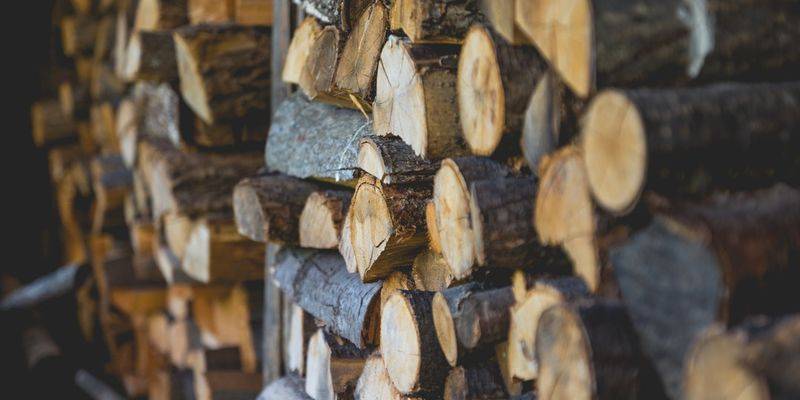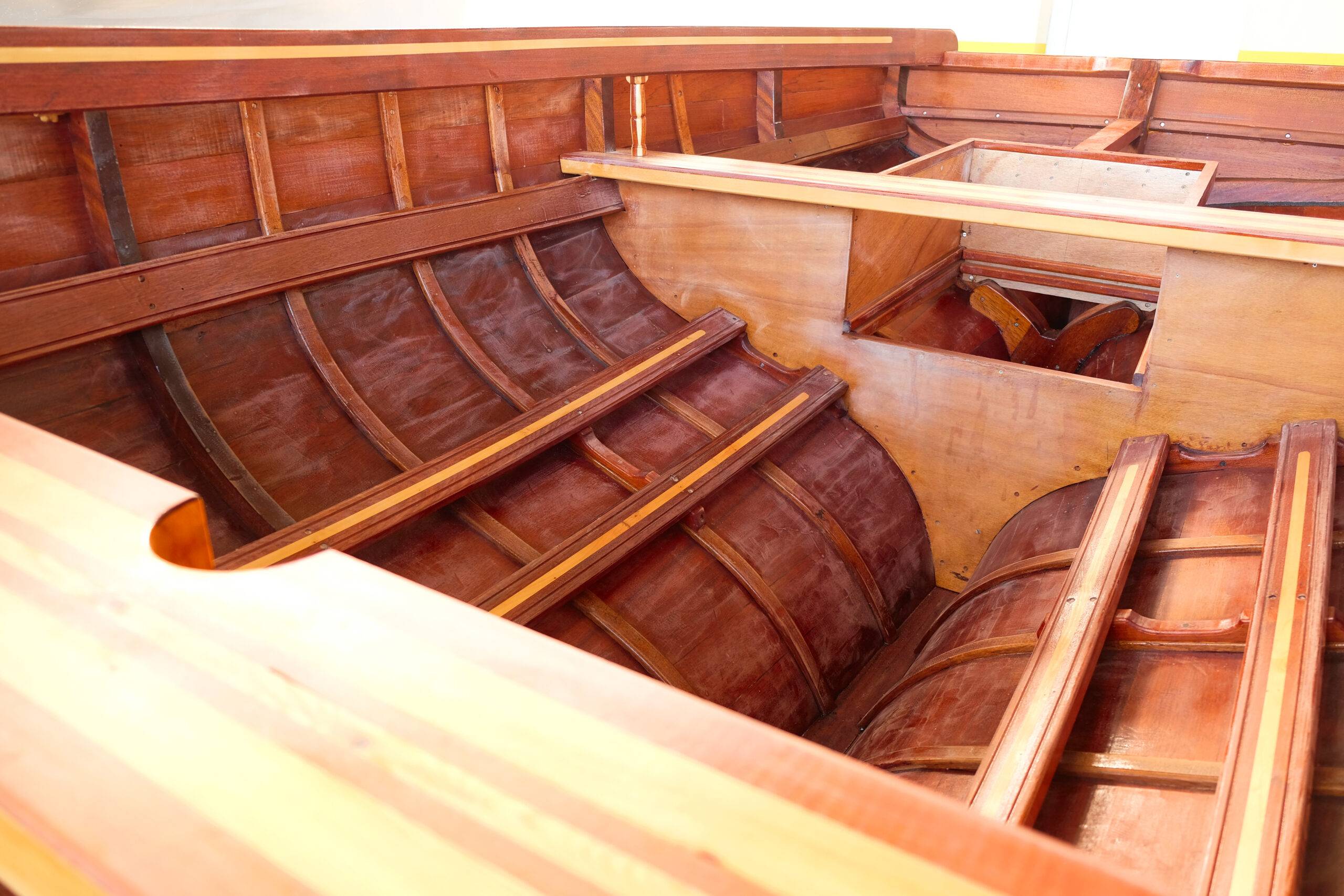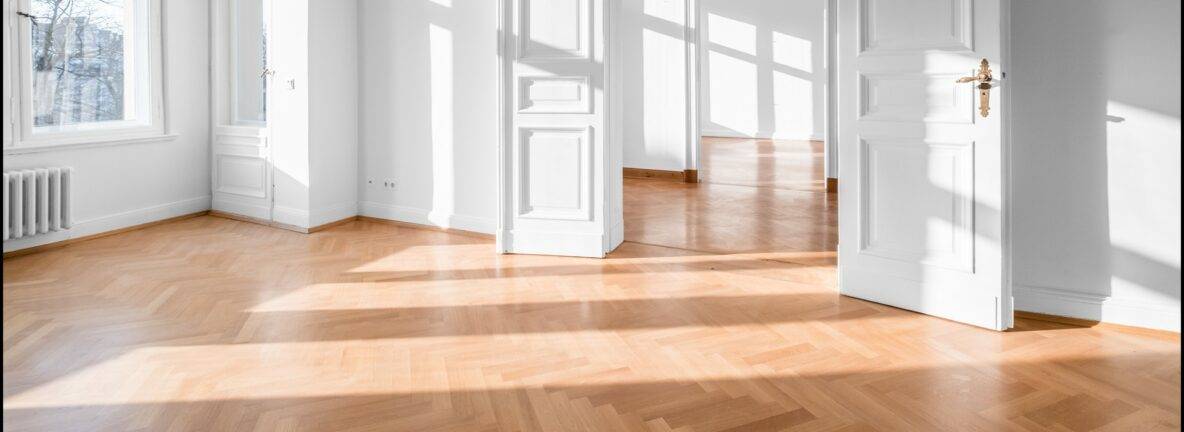Types of Hardwood and their Uses
Hardwood is a popular timber for internal joinery, flooring and furniture thanks to its high-quality appearance and finish, as well as being highly durable. However, when there’s so many different species of hardwood to choose from, it can be difficult to know which is the best choice for each project.
Therefore, we’ve pulled together this useful guide of the different hardwood species we supply, to provide customers with a better understanding of their characteristics and what they can be used for.
African Iroko
Characteristics: Tough, dense and highly durable with a rich coloured grain. Works well but can dull tools. Takes nails and screws well and can be brought up to a high-quality finish.
Perfect for: Due to its highly durable nature, it’s ideal for cabinet making, panelling, decking, joinery and kitchen work.
General information: Sometimes referred to as Nigerian Teak, it can also be used as a substitute for teak. Can usually be found growing on the west coast of the African continent, stretching from Ghana to Mozambique.
North American White Oak
Characteristics: A versatile timber that comes in a variety of colours, compared to its European counterpart, ranging from pale yellow to brown. This timber planes, stains, sands, glues and polishes well. However, it is advised that pre-boring is done for nailing and screwing, in order to prevent splitting. It also responds well to steam bending, ideal for furniture building.
Perfect for: Thanks to its versatility, it can be used in joinery, office furniture, panelling, shopfitting and flooring.
General information: This hardwood originates from Eastern and central North America ranging from Minnesota and Quebec down to Texas.
European Beech
Characteristics: a light-coloured wood with a straight grain and even texture. It is easily worked and responds well to gluing, finishing and machining.
Perfect for: Renowned for its versatility, it is traditionally the most popular wood for furniture components such as chairs and tables. It can also be used for flooring, turnery and mouldings.
General information: It originates from mainland Europe but can also be found in the UK and Baltic states.
European Oak
Characteristics: a long-lasting and distinctive wood. It has a high tannin content which protects it from insect damage and fungi. It is also highly impermeable, making it more water-resistant and as a result more suited to boatbuilding than other timber.
Perfect for: Thanks to its sturdiness, it can be used for furniture, flooring, shopfitting, doors, external panelling and even boatbuilding. It also has various natural qualities which makes it ideal for exterior projects.
General information: Originating from northern Europe and extending into the Baltic states
Eastern Meranti
Characteristics: A moderately durable and colourful timber, which is highly versatile, and is often referred to as “false mahogany”. This timber is easily worked and responds well to finishing.
Perfect for: suitable for a range of environments including exterior cladding and exposed conditions when treated correctly. Can be used for boat building, parquet flooring, joinery, shopfitting, flooring, windows, conservatories and doors
General information: Meranti trees are usually found in low-lying rain forests in low mountainous regions and traditionally were used to construct homes and communal buildings.
North American Maple
Characteristics: a light-coloured hardwood with a fine texture, which is highly shock resistant and sturdy. It can be a difficult timber to work with, and while it can be stained, glued and polished, it poses more of a challenge to nail or screw.
Perfect for: commonly used in the production of Furniture, Kitchen Cabinets, Worktops, Panelling, Handrails, Interior Joinery, Tabletops, Stairs, Mouldings, Flooring and Doors.
General information: as the name suggest, this timber originates from North America and was traditionally used to craft necks and scrolls for high-quality violins.
North American Tulipwood/Poplar
Characteristics: It has a light-coloured grain and is easy to work with, finishing to a high-quality surface. It takes nails well without splitting and also glues easily. It also responds well to being stained, polished or painted and holds hard enamel surfaces well.
Perfect for: Kitchen Cabinets, Joinery, Furniture, Construction, Doors, Panelling, Mouldings, Turning and Carving.
General information: Originating from North America, it is a common alternative to Ramin, Obeche and Rubberwood.
North American White Ash
Characteristics: Available in a variety of colours ranging from white through to a deep red. It is easy to handle and responds well to being machined as well as worked by hand, it steams and bends easily, glues well and can be stained and finished with ease.
Perfect for: Can be used for furniture, joinery, shopfitting panelling, flooring, tool handles and baseball bats.
General information: Grown in North America from Nova Scotia all the way down to Texas.

African Sapele
Characteristics: A highly resistant wood with high tolerance against indentation, bending and shock resistance. It has a beautiful deep reddish-brown colour and irregular grain pattern. It is relatively easy to work with although issues may arise when machining due to tightly interlocking grains. It takes screws and nails easily without splitting and responds well to gluing, polish and varnish
Perfect for: furniture, shopfitting, joinery, flooring and other small wooden speciality items.
General information: Originating from West Africa from Sierra Leone down to Angola
Black Walnut
Characteristics: highly pigmented dark wood has a rich, attractive coloured grain which is often compared to mahogany. Despite having a coarse grain, this timber is easily worked and responds well to all manner of techniques including gluing and polishing.
Perfect for: Interior Joinery, Shopfitting, Stairs, Mouldings, Panelling and Furniture and Flooring.
General information: A favourite amongst contractors to contrast against lighter wood, it originates from North America – from Southern Ontario in Canada all the way down to Georgia in the USA.
American Cherry
Characteristics: This versatile timber comes in a range of colours, from reddish-brown to a rich orange-red. It responds well to being worked with and takes polish, paint and nails easily.
Perfect for: High-End Applications, Joinery, Musical Instruments, Mouldings, Furniture, Cabinet Making, Boat Interiors and Panelling.
General information: It originates from the Eastern states of the USA, ranging from Maine down to Georgia and will sometimes have a deep colour, similar to mahogany, when exposed to ultraviolet light.

To see our most popular hardwood timber profiles, click here. And if you would like any more information on any of our types of hardwood, please click here to contact us and one of our experienced team will be happy to assist with your enquiry.
